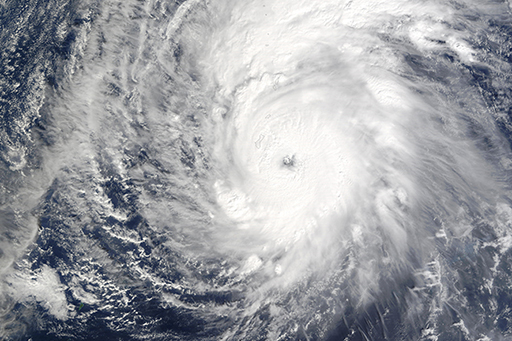2.6 Habitable Earth
Comparing the Earth and the Moon shows that the presence of an atmosphere is of great importance to habitability. An atmosphere provides medium to moderate temperatures on the day and night sides of the planet or moon, and it carries important elements, such as oxygen on Earth. In addition, it may shield the surface from solar radiation. This has two effects: protection from damaging ultraviolet radiation and a decrease in energy reaching the surface. Moreover, an atmosphere may act as a greenhouse, because it absorbs radiation from the surface instead of allowing it to get lost to space.
Oceans are made of the key ingredient for habitable places: liquid water. The water provides shelter from radiation, it supports creatures with wobbly anatomies, e.g. jellyfish, it transports nutrients and waste products, and it moderates temperatures.
Water-ice can provide shelter from radiation and from adverse changes in surface conditions. But it is not liquid water. It cannot transport nutrients and waste products in the same way as a body of liquid water. In spite of these limitations, there are microbes living in the ice of Antarctica.

